Graham Reid | | 5 min read
Dave Lisik and Richard Nunns: The Watchers

Even a cursory glance at the website for Canadian-born, American-educated and Wellington-resident composer/musician Dave Lisik is impressive for his work ethic.
Aside from noting him being a teacher, trumpeter and theorist, his website lists eight albums under his own name since 2007 and another five where he was producer/director of various ensembles (from US percussion groups to a university jazz orchestra).
Then towards the end of a conversation about just the most recent of his albums – Curse of the Queen's Diamond, Donated by Cantor Fitzgerald and the just released Ancient Astronaut Theory, all on New Zealand's Rattle label – he mentions in passing “I think the tally is now up to 19 CDs I'm working on that will be out by the end of the year, seven have been completed so far”.
Lisik: Rhymes with “prolific”.
Lisik – who teaches jazz composition and jazz pedagogy at the New Zealand School of Music in Wellington in addition to his composing, production and playing activities – has recently return from a flying visit to Virginia where his hour-long 9/11 tribute piece Cantor Fitzgerald was performed and recorded for broadcast in New York as part of a 24 hour marathon of works inspired by those tragic events and given radio play on the 10th anniversary of the attacks.
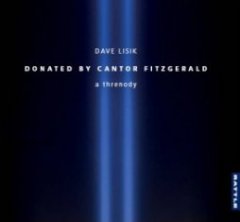 The available recording of Donated by Cantor Fitzgerald in New Zealand (see here) features bass clarinetist Colin Hemmingsen and Sydney-based New
Zealand saxophonist Tim Hopkins, and others whose parts were taken to
Virginia by Lisik and woven into the performance by the American
players.
The available recording of Donated by Cantor Fitzgerald in New Zealand (see here) features bass clarinetist Colin Hemmingsen and Sydney-based New
Zealand saxophonist Tim Hopkins, and others whose parts were taken to
Virginia by Lisik and woven into the performance by the American
players.
This is the electroacoustic world in which Lisik operates, where music of high technical quality can be recorded on a laptop and, in the case of some parts in Cantor Fitzgerald, e-mailed overseas to collaborators such as his friend, the American composer Jorge Sosa, who is also on the album.
“The technology allows you to collaborate with people in ways which would not otherwise be possible," says Lisik. "He wasn't going to come to New Zealand on a $2500 plane ticket, but the fact I could record live elements and use yousendit.com – where you can send up to two gigabytes – meant I could send the files of Tim and Colin and he could process them and create other tracks.”
Lisik and Sosa – who met in Memphis when both were teaching there – have enjoyed a long-distant collaborative relationship since Lisik moved to Wellington in early 2010 to take up his permanent teaching position.
Closer to home has been his equally high-tech work with Richard Nunns on the album Ancient Astronaut Theory (see here) on which Nunns' playing of taonga puoro (traditional Maori instruments) are layered and processed. The result is soundscapes which are simultaneously ancient and contemporary.
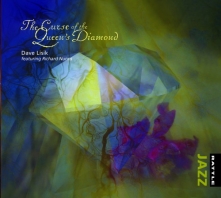 Lisik had been curious about Maori
instruments and, after being introduced to Nunns in Wellington by
jazz bassist and fellow teacher Paul Dyne, he used some parts by
Nunns on his album Curse of the Queen's Diamond (see here, which also featured
Hemmingsen, Dyne and pianist Amy Rempel).
Lisik had been curious about Maori
instruments and, after being introduced to Nunns in Wellington by
jazz bassist and fellow teacher Paul Dyne, he used some parts by
Nunns on his album Curse of the Queen's Diamond (see here, which also featured
Hemmingsen, Dyne and pianist Amy Rempel).
“Richard came in and we collected a lot of sounds and basically he improvised some of that music based on what some of the other players had already done. But then I was looking through Richard's catalogue and it became obvious he hadn't done anything where he wasn't collaborating with another musicians, like the New Zealand String Quartet, orchestras or anything he does overseas.
“He's got a limited capability in terms of what he can do live, he can only play one of his instruments at a time and they are mostly single note instruments. So it lent itself to collaborating. But there was no album where he was the only player, and there is a range of timbres he can create on well in excess of 100 instruments. He can create a huge sonic palette, and technology now allows us to layer those and to create what we were originally going to call the Richard Nunns Orchestra, just him.
“So everything you hear on the CD, even the electronic elements, are generated originally using acoustic elements which all came from Richard. There is nothing there which is synthesised or comes from any other source than him. So it is truly the Richard Nunns Orchestra as though there were 40 players at once.”
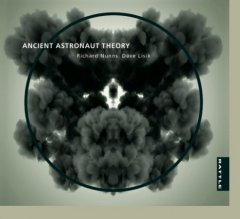 The result is an album of emotionally
evocative sounds which simultaneously sounds ancient and contemporary.
The titles of the pieces, The Watchers, Original Seeding, Ark of the
Covenant and so on suggest an over-arching but unstated narrative.
The result is an album of emotionally
evocative sounds which simultaneously sounds ancient and contemporary.
The titles of the pieces, The Watchers, Original Seeding, Ark of the
Covenant and so on suggest an over-arching but unstated narrative.
“The concept sort of evolved as the piece was evolving and we thought of what kind of concept we could develop. The idea of the ancient astronaut theory is essentially that tens of thousands of years ago aliens from other places either aided significantly in the creation of human life or were actually responsible in planting all life on earth.
"Scientifically it is kind of ridiculous, but from science fiction standpoint it is actually quite a fascinating concept and it sounded like it was appropriate in terms of the kinds of sounds Richard was able to make. And the addition of the electronics seemed to fit with the concept.”
Although the music cannot be played live – unless, as with Cantor Fitzgerald, Nunns was to perform certain parts over the pre-recorded music – is hardly relevant, the album exists in its own right as something unique and distinctive.
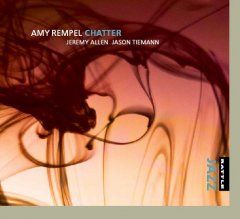 And anyway Lisik is moving on, he has
all those other albums ready to go.
And anyway Lisik is moving on, he has
all those other albums ready to go.
There is the album he recorded in Sydney with the cream of Australian jazz musicians as the Jazzgroove Mothership, the forthcoming Rattle album featuring pianist Amy Rempel (Chatter, recorded by Lisik in Indiana, mixed by him in Wellington and on which he has two compositions).
And of course there is the teaching.
“When you don't rely on having to sell your CDs to make a living -- and the best thing about having a job is I don't have to make any money from selling CDs, I can create exactly the music I want and don't have to compromise any ideals – then if I don't sell copies because an album isn't as accessible as it would need to be to sell 10,000, then I'm not too worried. I know a lot of people trying to sell their music and play gigs have a different view.
“The technology like iTunes and Amazon allows you to distribute your music and people pay for it and get it very easily. But that same digital technology has allowed them to share that music with 10,000 people if they want, and that has certainly eaten away at any profits that musicians were able to make.
“But for a few thousand dollars you can have some really great equipment to make your music . . . although that assumes you have learned what to do as a recording engineer.”

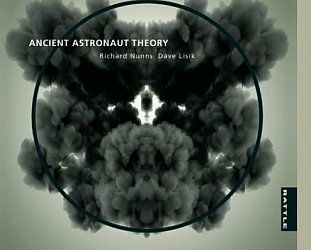
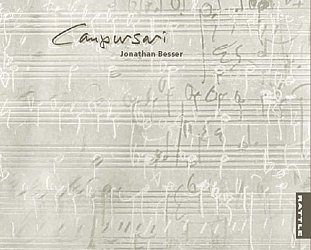
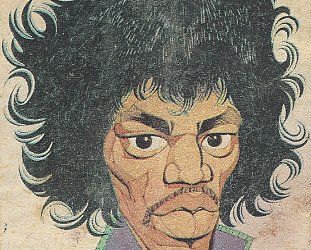
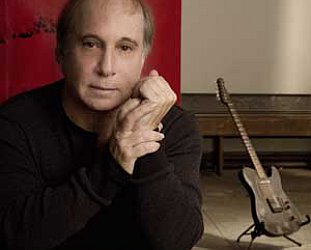
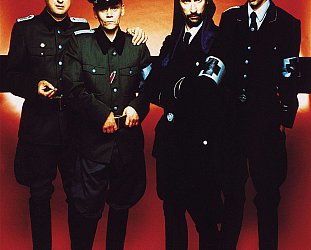
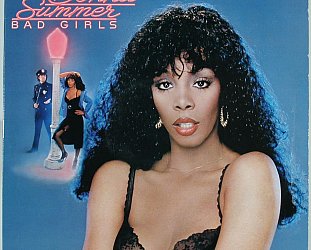
post a comment